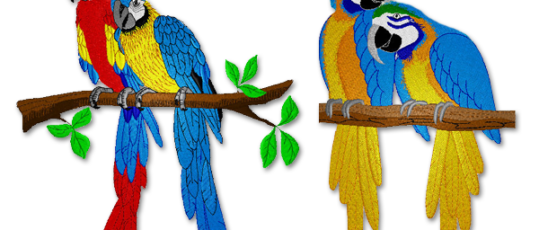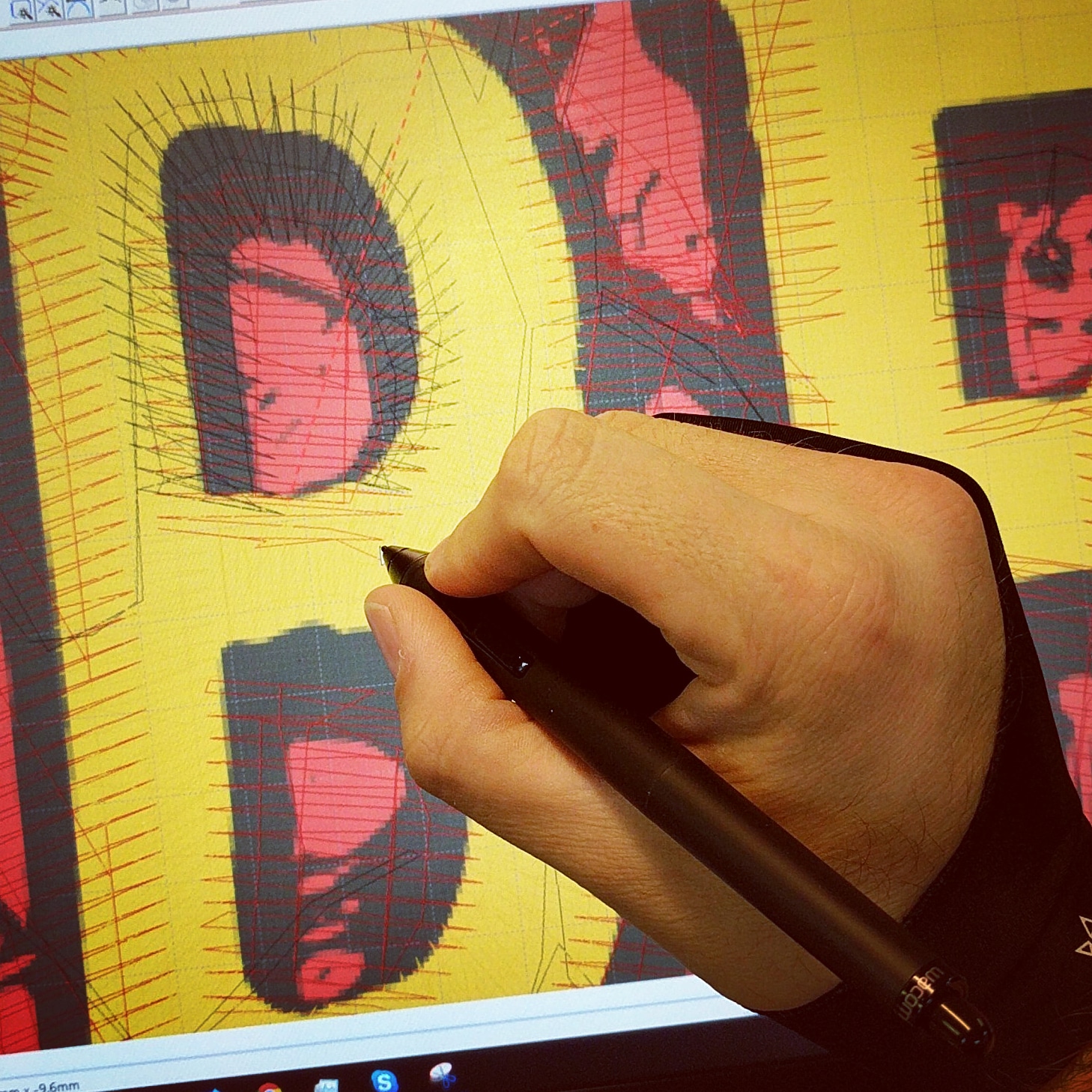Reputable Digitizing for Embroidery: Trusted by Experts
Wiki Article
Simplifying the Art of Embroidery Digitizing: Step-by-Step Overview
Needlework digitizing is a careful craft that demands precision and creativity. As modern technology continues to advance, the digitization procedure has actually ended up being much more available, allowing fanatics to bring their complex styles to life easily. In this overview, we will certainly decipher the intricacies of needlework digitizing, breaking down each action methodically to enhance the process and empower both newbies and seasoned embroiderers alike. Keep tuned to discover just how you can streamline this intricate art form and change your innovative visions into wonderfully stitched masterpieces.Understanding Needlework Digitizing Software Program
Embroidery digitizing software serves as a vital device for changing detailed layouts into digital styles suitable with embroidery makers, assisting in accurate sewing and personalization. This customized software enables individuals to import numerous image file styles, such as JPG or PNG, and transform them into embroidery machine-readable styles like DST, EXP, or PES - Digitizing for Embroidery. By making use of features like stitch modifying, underlay options, and thread shade option, digitizing software program enables users to control every aspect of the layout processFurthermore, advanced needlework digitizing software supplies devices for creating complicated layouts, readjusting stitch density, and including detailed information. Customers can likewise sneak peek the style prior to stitching it out, guaranteeing precision and decreasing mistakes. In addition, several software programs give automated features that help streamline the digitizing procedure, conserving time and effort.
Comprehending the capabilities of embroidery digitizing software is important for accomplishing high-grade outcomes in needlework jobs. By understanding this device, embroidery lovers and specialists can release their imagination and bring complex designs to life with accuracy and efficiency.

Selecting the Right Style Documents
After acquainting yourself with the abilities of needlework digitizing software program, the next critical step in the procedure is selecting the right layout data for your job. Digitizing for Embroidery. When choosing a design data for needlework digitizing, it's vital to think about the intricacy of the design, the dimension of the end product, and the sort of material you will be collaborating withFor elaborate layouts with fine information, a high-resolution picture or vector file is suggested to guarantee that the embroidery device can properly replicate the layout. In addition, the size of the end product plays a significant duty in choosing the right layout documents. Larger layouts may call for greater resolution files to preserve clarity and intensity.
Furthermore, the kind of material you will certainly be embroidering on influences the selection of design data. Various fabrics may require changes in the layout documents to make certain that the stitches are correctly straightened and the layout appears as planned. By very carefully picking the right style data based upon these factors, you can set yourself up for an effective needlework digitizing procedure.
Digitizing Tools and Techniques
Using specialized software program and accuracy techniques, digitizing devices are vital in changing complex layouts right into embroidery-ready documents. Embroidery digitizing software, such as Wilcom, Hatch, or Embrilliance, provides the required platform to transform art work right into stitch information. These programs supply attributes like stitch modifying, rug alternatives, and text devices to make certain the layout converts perfectly onto textile.Full Article Among the key techniques in digitizing is creating a clear course for the needlework maker to comply with. This involves digitizing each component of the design with accuracy, determining stitch types, thickness, and instructions. By using tools like digitizing tablets or software-specific plugins, embroiderers can achieve a high level of accuracy in their digitized styles.
Moreover, mastering the art of padding stitching is important for producing high quality embroidery. Underlay sewing maintains the material and develops a foundation for the layout, making certain that the end product is both visually appealing and resilient. By understanding these digitizing devices and strategies, embroiderers can raise their craft and bring detailed styles to life with accuracy and effectiveness.
Tailoring Stitch Types and Directions
Having established a structure in digitizing tools and methods, a crucial facet in progressing embroidery workmanship hinges on tailoring stitch kinds and directions with precision and function. The selection of stitch kinds can considerably impact the general appearance and structure of the embroidered style. Satin stitches, recognized for their smooth and shiny coating, work well for developing borders and message. On the other hand, fill stitches are excellent for covering bigger areas effectively. By strategically incorporating these stitch types, embroiderers can accomplish deepness and dimension in their designs.Moreover, the instructions of stitches plays an essential function in improving the aesthetic appeal of the last embroidery. Numerous stitch directions can include appearance, highlight particular aspects, and develop visual passion. Altering the angle of stitches can replicate activity or all-natural patterns like hair or feathers. By explore different stitch angles and patterns, embroiderers can bring their layouts to life with amazing detail and details. Mastering the art of tailoring stitch types and pop over to this site directions equips embroiderers to release their imagination and boost the quality of their job.
Testing and Refining Your Digitized Style
To ensure the accuracy and high quality of your digitized layout, extensive testing and improvement are vital actions in the embroidery digitizing procedure. When you have actually completed the digitization of your design, it is critical to examine it prior to proceeding with the actual embroidery. Testing enables you to determine any possible concerns such as thread breaks, stitch thickness issues, or design distortions that may influence the result.
After testing, it is very important to improve your digitized style based on the feedback from the examination sew-out. This might entail tweaking stitch settings, readjusting densities, or making modifications to the total style to achieve the wanted end result. By repeating with screening and improvement, you can adjust your digitized style to perfection prior to progressing with the actual embroidery process.
Final Thought
To conclude, grasping the art of embroidery digitizing needs a comprehensive understanding of the software, picking the best layout documents, using digitizing devices and techniques, tailoring stitch types and instructions, official site and testing and improving the digitized style. By adhering to these steps, embroiderers can simplify the digitizing process and produce top quality stitched designs with accuracy and efficiency.Report this wiki page